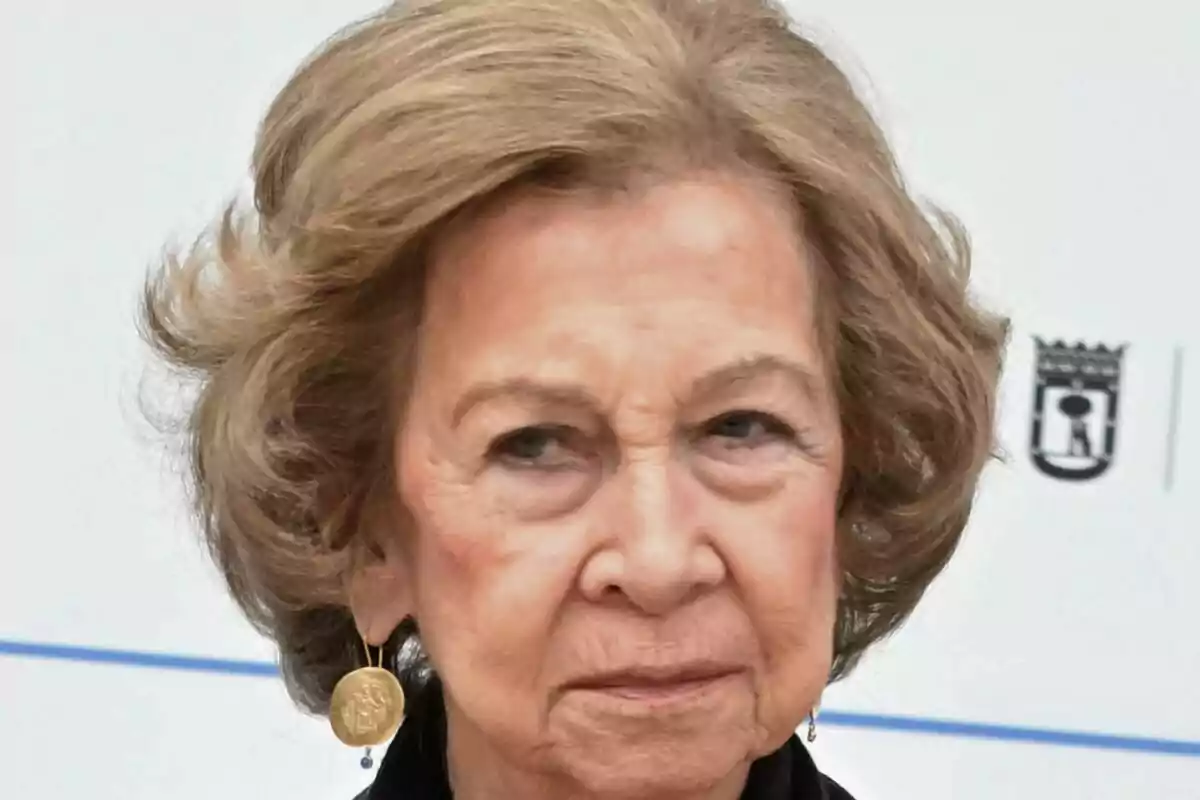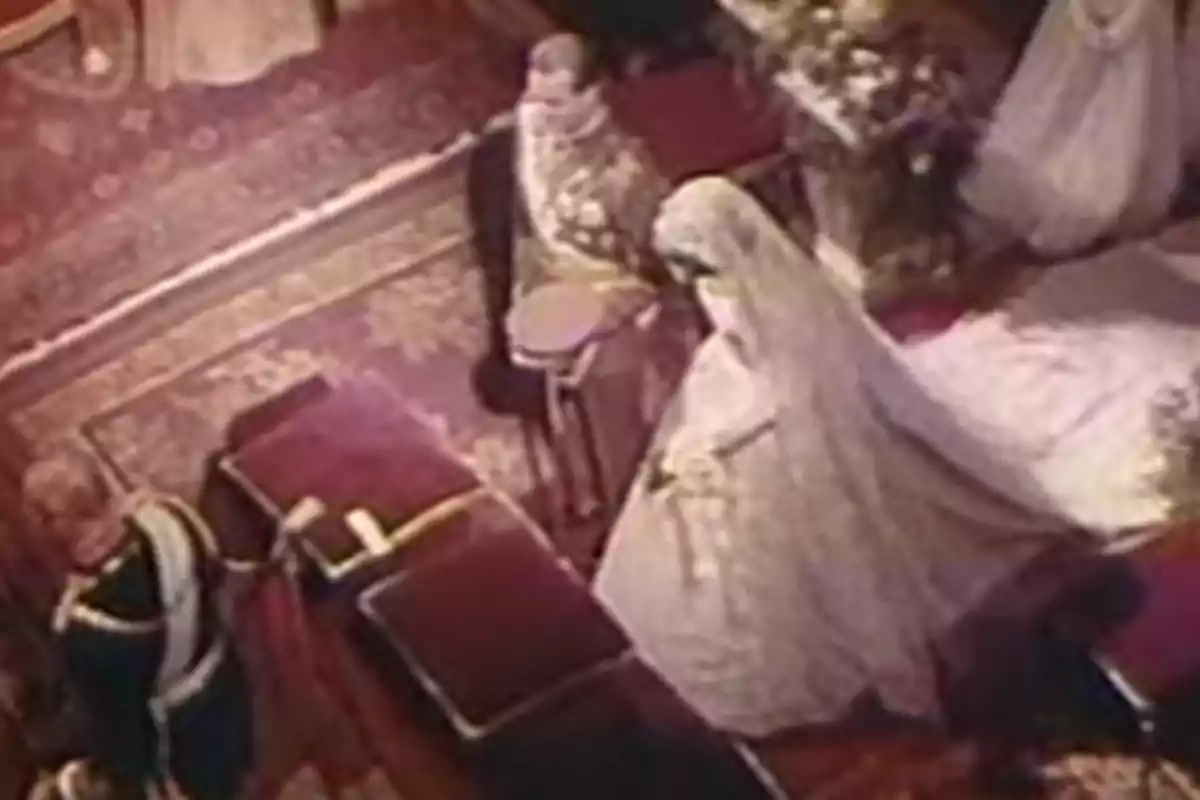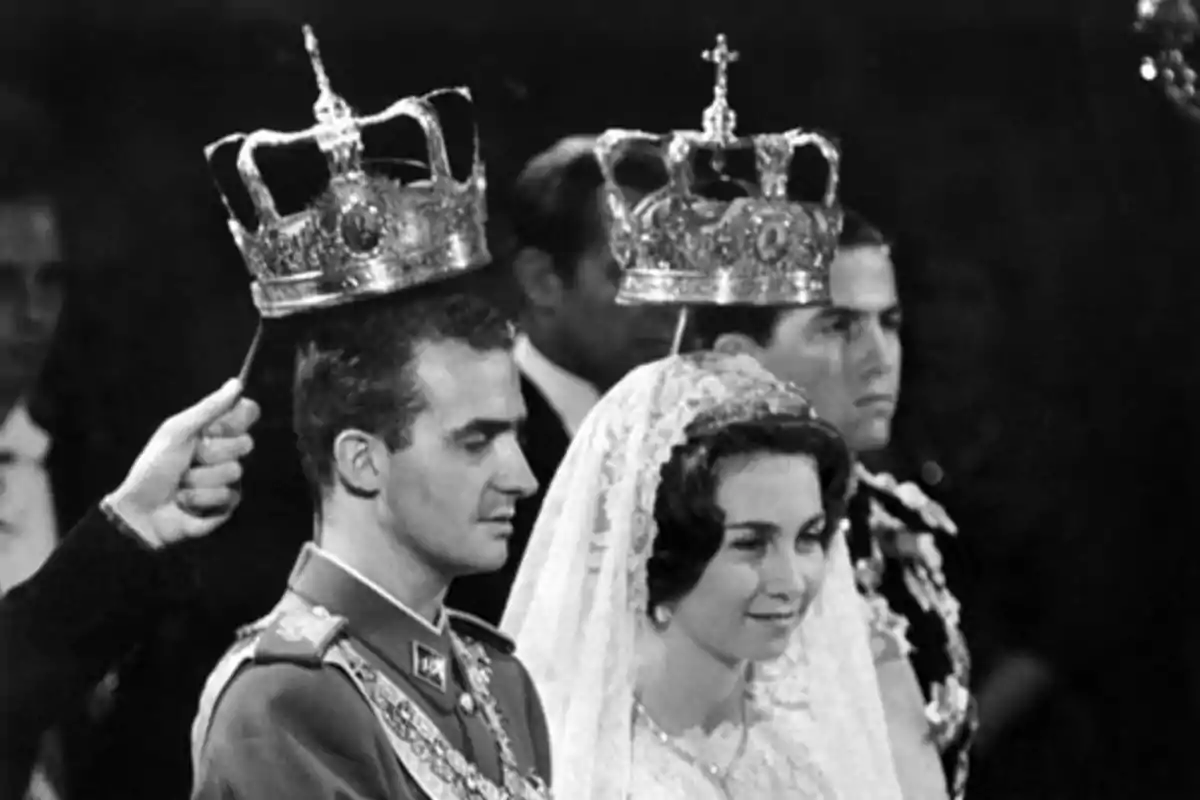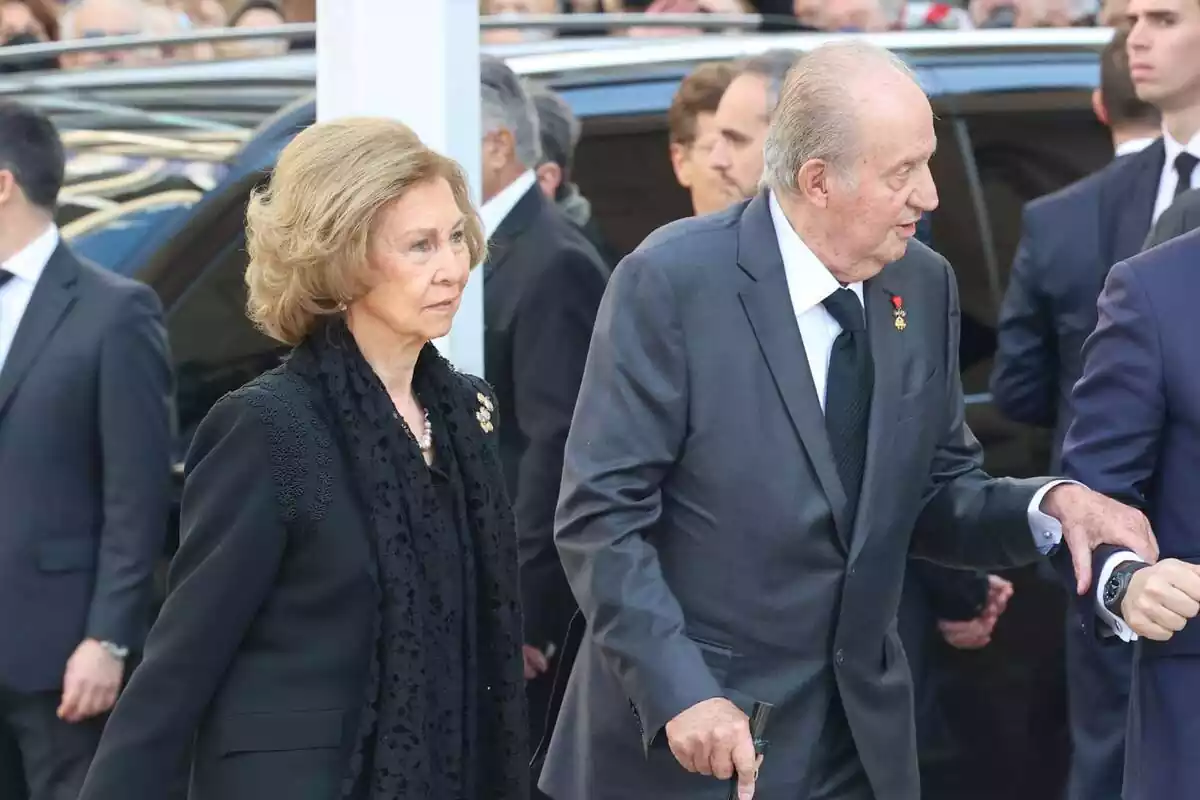
Europe is moved: They reveal what nobody knew about Queen Sofía's wedding
63 years have passed since the marriage between Juan Carlos and Sofía, and intimate details previously unknown come to light
All of Europe has been moved by the recent revelations about one of the most significant royal unions of the 20th century. The wedding between Queen Sofía and King Juan Carlos, celebrated exactly 63 years ago, has once again captured media attention after previously hidden details have been unveiled. The details of that historic day on May 14, 1962, reveal a ceremony wrapped in political and diplomatic tensions that few knew about.
Although the public image of the union was always impeccable, recent revelations and historical documents have uncovered a little-known backstory. What was hidden all these years? Why did the Franco dictatorship try to silence the union? What personal sacrifices did both make for that wedding to take place?

A Love Born Among Royalties
The love story between Juan Carlos and Sofía began like many others in European Royal Families: meticulously designed. The monarchies of the old continent organized summer cruises with the purpose of facilitating encounters between young princes and princesses of marriageable age. However, fate wanted the true spark between them to occur in 1961, during the celebration of the wedding of the Dukes of Kent.
The protocol had designated the Spanish prince as the "escort knight" of the Greek princess, a common strategy at royal events to foster relationships between potential dynastic couples. What began as a formality quickly evolved into a romance that surprised everyone, especially due to the speed with which events unfolded.
The Marriage Proposal That Defied Dictator Franco
Just a few months after that encounter at the British royal wedding, on September 12, 1961, the prince formalized his intention to marry. The marriage proposal took place in a setting full of monarchical symbolism: the Beau Rivage hotel in Lausanne.
The announcement of the engagement caused a political earthquake in Spain that few media dared to document at the time. Francisco Franco, who considered Juan Carlos as his protégé and a key piece in his succession plan, did not receive the news favorably.

The dictator had expressed in intimate circles his preference for a Spanish bride for the prince. He wanted someone who did not have such close ties with other European royal houses that could influence the future Spanish monarch.
Recently declassified documents reveal that the Franco regime even used its diplomatic services to try to hinder the wedding preparations. This covert opposition explains why Spain barely gave media coverage to an event that brought together the cream of European royalty.
The Religious Obstacle and the Triple Ceremony That Made History
Another significant obstacle for the couple was the religious difference. Juan Carlos professed the Catholic faith while Sofía belonged to the Greek Orthodox Church. At that time, these confessional differences represented a serious impediment to any marriage, especially one of such political and dynastic relevance.
The intervention of Pope John XXIII was crucial to unlock the situation. The pontiff authorized an unprecedented solution: the celebration of a double ceremony that respected both religious traditions.
This historic decision was conditioned on the subsequent conversion of Princess Sofía to Catholicism, an indispensable requirement for a future queen consort of Spain. What many did not know until now is that, in addition to the religious ceremonies, the couple also had to undergo a civil union. This completed a triple marriage that has no parallel in the history of European royal weddings.
The Details of a Historic Wedding That Spain Could Barely See
The Greek capital was transformed to host an event of extraordinary dimensions. The streets of Athens were adorned with flags, flowers, and decorations celebrating the union of their princess with the Spanish heir. Representatives from 27 royal houses attended the event, turning the ceremony into one of the largest monarchical gatherings of the 20th century.
Meanwhile, in Spain, the Franco regime imposed a discreet media silence. Spanish publications received precise instructions to moderate the coverage of the event, presenting it as a social event but avoiding any political or dynastic connotations.
The day of May 14, 1962, began with the arrival of Princess Sofía at the Catholic Cathedral of Saint Dionysius in Athens. Contrary to what many might imagine, the bride did not use a modern car but a traditional horse-drawn carriage, accompanied by her father, King Paul I of Greece.

Meanwhile, Prince Juan Carlos arrived at the temple in a vintage car accompanied by his mother, María de las Mercedes de Borbón y Orleans. The absence of his father, Don Juan de Borbón, was interpreted by many as a concession to the Franco regime. However, private documents reveal that this decision was due to complex family negotiations to not hinder the prince's political future.
The Catholic ceremony stood out for its sobriety and solemnity. This contrasts with the subsequent Orthodox celebration in the Metropolitan Cathedral of Athens, much richer in symbolism and ritual.
One of the most significant details is the hidden symbolism in Princess Sofía's wedding dress. The creation incorporated subtle decorative elements that evoked both Greek and Spanish heritage, symbolizing the union of both traditions.
The dress featured embroideries that recreated motifs from ancient Greece alongside discreet heraldic symbols of the House of Bourbon. This detail went unnoticed then, but it represented a statement of intent by the bride: her commitment to her new homeland without renouncing her Hellenic roots.
63 Years Later, Europe Looks Back with Emotion
Today, more than six decades later, the wedding of Sofía and Juan Carlos is perceived as a symbol of a complex era, full of contradictions. The love story between a Spanish prince and a Greek princess was conditioned by ideologies, religions, and political decisions. Yet, it managed to move forward.

Europe is moved to rediscover those hidden moments behind the scenes. The nerves of Queen Sofía when converting to Catholicism, Juan Carlos's discomfort under Franco's pressure, the effort among families for a celebration that united without dividing. All these elements give new meaning today to a story that seemed already told.
More posts: